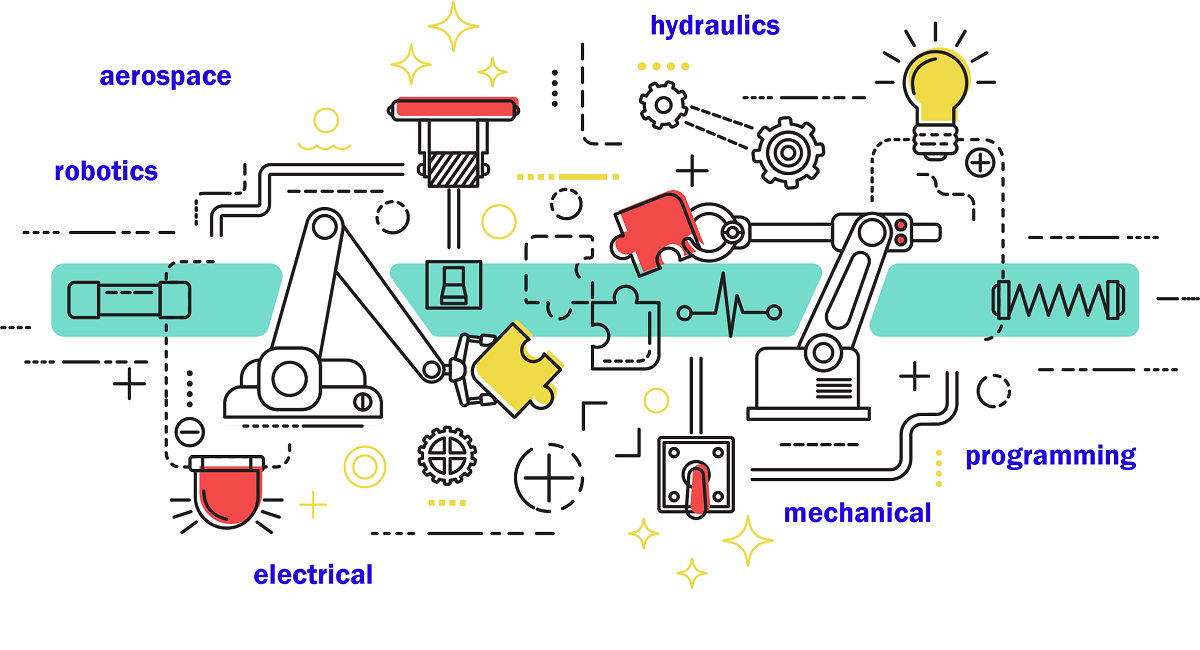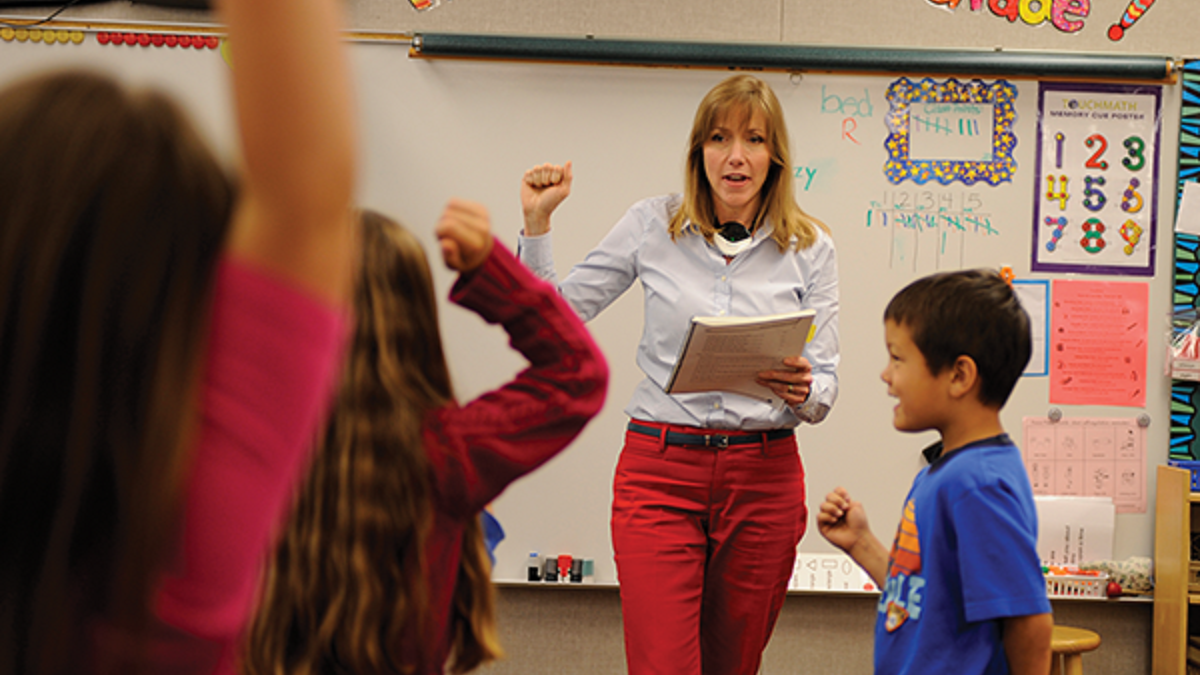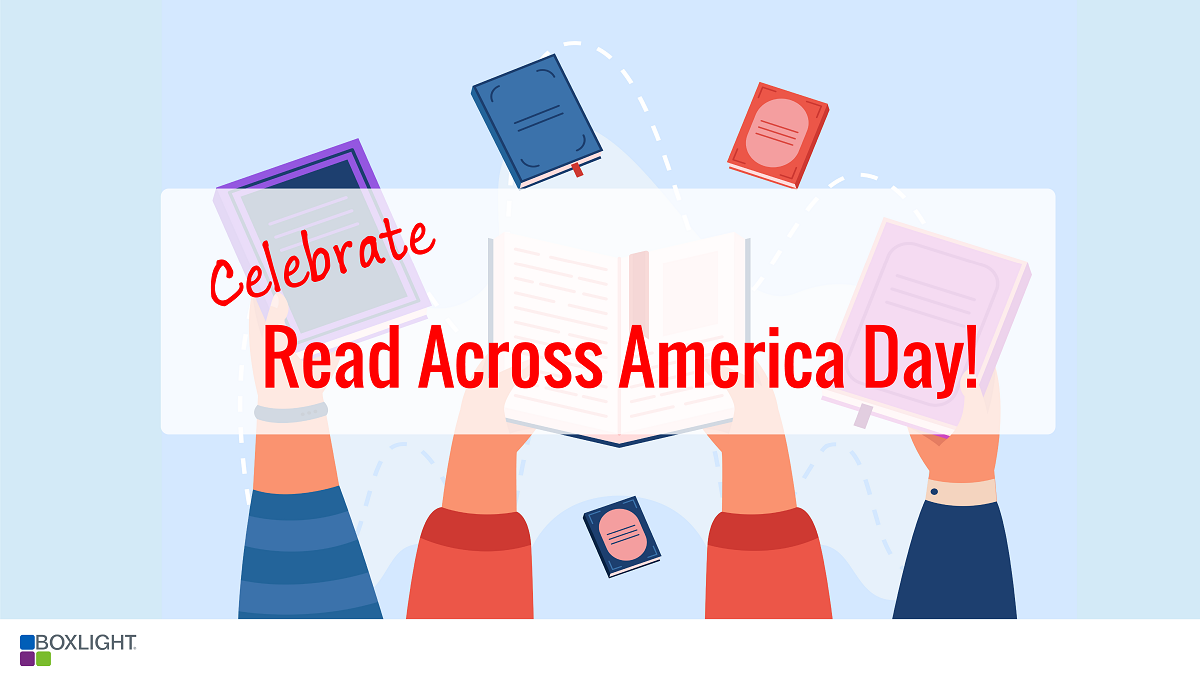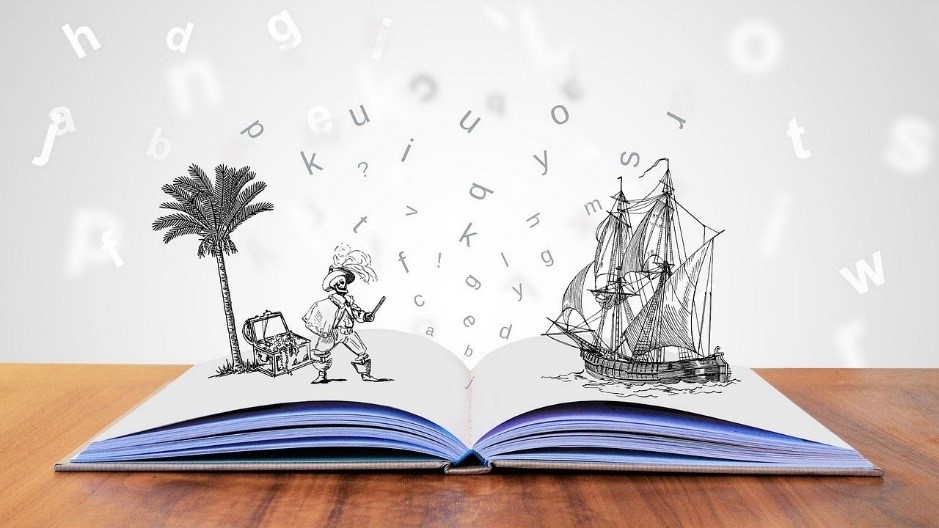As educators strive to offer students a comprehensive learning experience, combining diverse subjects is a compelling choice such as integrating literacy and engineering. This dynamic integration fosters creativity, critical thinking, and problem-solving skills among others. Let's explore some benefits and examples of combining literacy and engineering, offering educators and students opportunities to venture into these domains.
Where Literacy and Engineering Meet
While literacy and engineering might seem unrelated, they actually complement each other. Both involve problem-solving, creativity, and effective communication. Literacy helps students express their thoughts, while engineering sparks innovation and hands-on learning. Combining these strengths creates a powerful educational mix that readies students for a rapidly changing world.
The Benefits of Blending Literacy and Engineering
Sharper Critical Thinking
When you bring together literacy and engineering, students get better at solving problems in different ways. For instance, think about making a simple machine like a lever. By reading about how levers work and then actually making one, students learn how to think creatively and solve challenges from different angles.
Connecting Literacy and Engineering: Empowering Students in K-12 Education
Topics: teacher resources, reading, STEM education, Literacy, Engineering
Enhancing Reading Comprehension: The Power of Quality Classroom Audio
Educators need to understand the critical role that classroom audio plays in fostering an effective learning environment. When it comes to reading comprehension, providing high-quality audio is a game-changer for students. Clear and crisp sound amplification not only enhances speech clarity, but it also improves focus, attention, and engagement during reading activities. With an emphasis on inclusivity and reducing learning barriers, quality classroom audio empowers students of all abilities to fully grasp the content being taught. Let’s explore how comprehensive, user-friendly, and high-quality classroom audio positively impacts reading comprehension and learning progress.
Topics: Classroom Technology, Reading Comprehension, Early Reading, Classroom Audio, reading activities, reading, audio
Today is Read Across America Day (March 2)! Established in 1998, the goal of Read Across America Day is to motivate all areas of society to engage in reading. Classrooms across the country will host special guests who’ll read aloud to students, schools will decorate hallways and libraries with images from their favorite stories, and children will happily share their own well-loved books with others. Use today to launch National Reading Month and encourage your students to experience the joys of reading through various activities that highlight what the written word can do! Here are three ideas to start:
Topics: tips for teachers, reading activities, reading
If you have young ones at home, you’ve probably heard something similar to this more than once, “It’s summer break! I don’t need to read!” Yep, for most of our children, summer break is just that … BREAK – a break from getting up early, a break from reading and writing, a break from homework. But you and I know that a total break can lead to a ‘break’ in learning progress. The term ‘summer slide’ is not new to most of us – the loss of hard-earned skills achieved during the school year. This loss can make returning to school much more challenging, especially if peers are on pace. Really, the goal of continuing to read over the summer will help our children retain literacy skills, build comprehension, spelling, and vocabulary skills, and feel more confident and successful overall. Besides that, reading is the foundation for learning in all other subjects (yes, you do have to read in math!). Just reading a few books during the summer can make all the difference!
Topics: summer activities, summer learning, reading activities, reading





